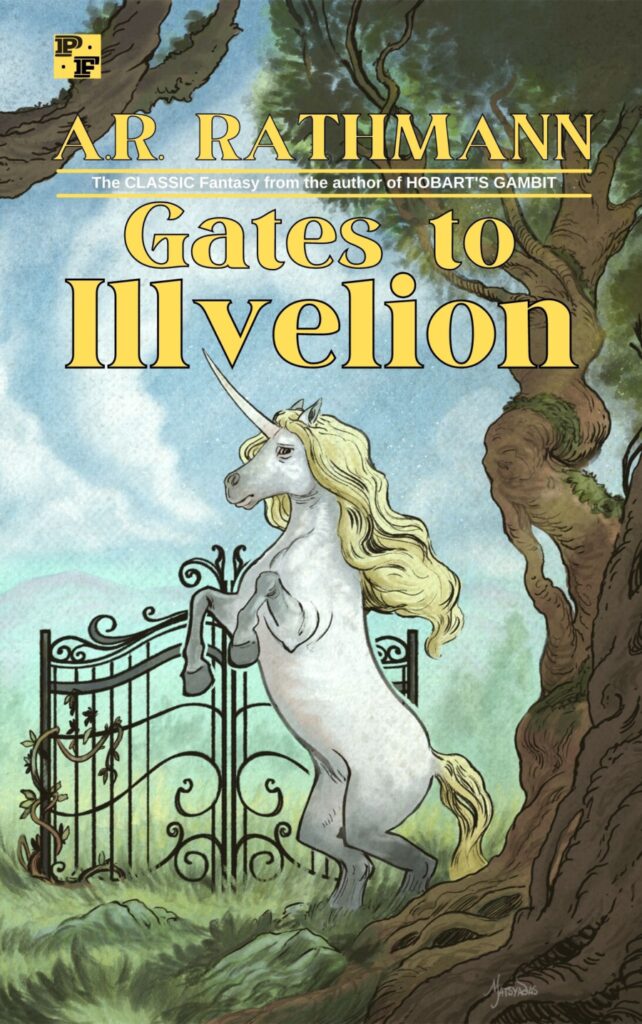I’m rereading Tom Hodgkinson’s How to Be Free. I find this book, and its companion, How to Be Idle, eminently re-readable. Both Hodgkinson’s style and his philosophies are so buoyant, so carefree and merry, that I always feel emboldened and inspired when I read his books.
So I’m rereading How to Be Free, and this afternoon I read the chapter entitled, “Reject Career and All Its Empty Promises.” This chapter is relevant for me because I’m thinking about just such a thing (i.e.: chucking my career).
Anyway, the thing that struck me was how Hodgkinson implored his readers to do more manual work — not for money, necessarily, but simply for its own sake. For instance, there’s something quite wonderful about gardening or whittling a piece of wood or knitting or whatever. Not all of our work needs to be “mental work,” and not all of our time needs to be spent focusing on our narrow and restricting “careers.”
This whole thing got me thinking about creativity.
In one of the classes I teach, we spend some time trying to define creativity. Most often, my students come up with some variation of this: “Creativity is figuring out a new way of doing something or an original way to solve a problem.” It’s all about “thinking outside the box” (a most unoriginal expression if there ever was one).
I’ve always rebelled against this definition, though I don’t often say so to my students. I might prod them a little bit with Socratic questions, but I never outright dismiss their ideas. But what annoys me about “originality” and “newness” as central pillars of creativity is that it elevates novelty above all else, AND it ignores the root word of creativity itself: CREATE. Not that newness and originality aren’t aspects of creativity, but they aren’t the center of the thing. Creativity means creating.
To create. To make. To bring something into being.
When looked at this way, creativity is less about ideas and much more about THINGS. When we are creating we are making. And if creativity is making, then anyone can do it. It’s not something that only the rarefied among us is any good at. It’s open to all. Anyone can make something. And thus, everyone is creative.
Being creative, i.e.: CREATE-ive, could mean baking a cake, or drawing a picture, or throwing a party. After all, what does throwing a party really mean? It means creating a party. You gather people and food and drinks, you decorate the place, you make up a list of games and activities for everyone to play. Where once there was no party, you have MADE a party. Brought it into being.
Same thing for knitting, or gardening, or dancing. Or making music, or tinkering, or writing, or building something (or making a baby!). Anyone who does these things is being creative: where once there was nothing, something has been made.
I often hear students remark that they “aren’t very creative,” as if it’s a special skill or something. But it’s not a special skill. It’s simply the act of making. A creative person is one who creates.
And everyone is capable of creating. Everyone can make something.
Leave out whether it’s good or bad; that’s not important. The creating is what’s important. The making.
If I could implore my students to consider one thing, it would be to realize they are, in fact, creative. And that they should spend a good chunk of their time making things, whether it’s a cake or a song or a fabulous party. When we are making things, we are imitating our own Creator. I can’t think of a better way to live.
 was reading
was reading 

